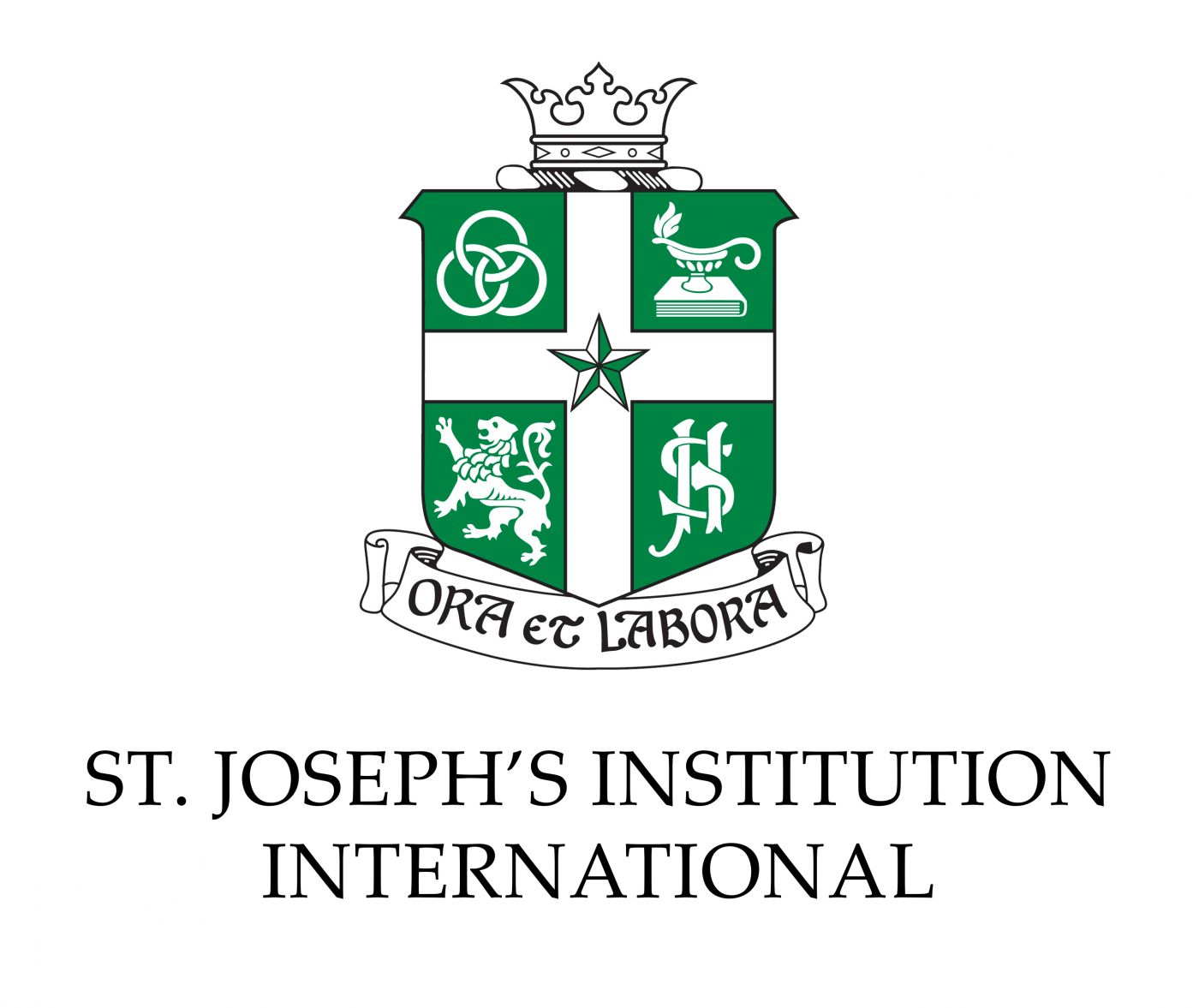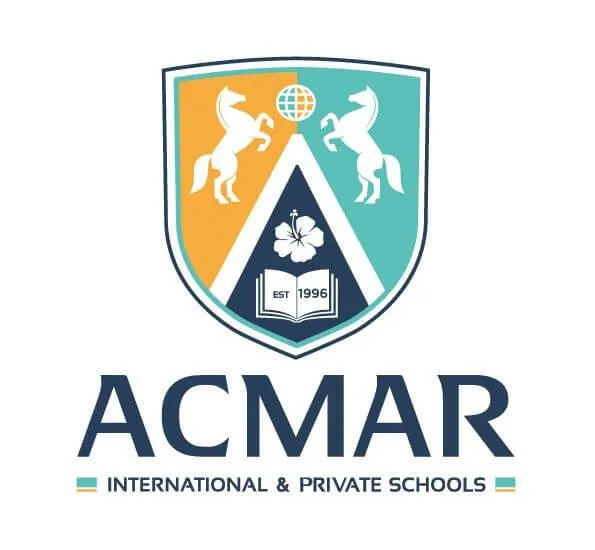What is the Malaysian Curriculum?
Children in Malaysia begin their education as early as the age of four at preschools even though it is not compulsory. The Malaysian Curriculum covers a total period of six years for primary education as children reach the age of six. It aims to provide a good foundation for students to be more proficient in reading, writing and arithmetic, also known as the 3R’s. The Ministry of Education revised the primary curriculum and introduced the Primary School Standard Curriculum or KSSR in stages in 2011 and by 2016, the new curriculum was implemented in all primary schools. After six years of primary education, students will then sit for their final examinations, the Ujian Penilaian Sekolah Rendah or The Primary School Assessment Test, which are also known as the UPSR or PSAT. Regardless of their performance in the UPSR or PSAT, students will still be able to advance to Form One, the foundation year of secondary education as there are no repeaters at the primary level education.
As secondary education is a continuation of primary education, the syllabus, Kurikulum Bersepadu Sekolah Menengah or the Secondary School Integrated Curriculum (KBSM/SSIC) is designed to correspond to the needs and aspirations of the country. The Secondary School Standard Curriculum will replace the KBSM to cater students with a comprehensive set of 21st century skills and competencies. Students will need to sit for a public common examination known as Sijil Pelajaran Malaysia (SPM) after five years at the secondary level.
What are the Malaysian Curriculum and Assessments?
Malaysia endorses a system of 6+5+2 years of formal education, similar to any developed countries around the world. At primary education level, students will need to study the Malaysian National Primary School Standard Curriculum or Kurikulum Standard Sekolah Rendah (KSSR) for six years, from the age of seven to 12 (Standard 1 to Standard 6). During the years in primary education, students are taught major learning subjects that will help them with the aim of nurturing their minds into a well-rounded thinker. It also aims to prepare students for their first major examination that will be held at the completion of their primary education, which is Standard 6. Students are required to sit for the Primary School Achievement Test, also known as the Ujian Pencapaian Sekolah Rendah (PSAT/UPSR) in order to proceed to secondary school.
For secondary education level, students will take a step further for greater specialisation of subjects and education after the completion of their UPSR. Secondary education will take up to five years at the age of 13 to 17 where students will explore and discover what their interests are, what they want to do, and what they would like to pursue in their future higher education as a career choice. Students will work towards two imperative examinations during their time in secondary education; the Form Three Assessment, also known as the Pentaksiran Tingkatan Tiga or PT3, in Form 3, and the Malaysian Certificate of Education, also known as the Sijil Pelajaran Malaysia or SPM, in Form 5. Before the changes, students were required to sit for a public examination known as the Penilaian Menengah Rendah (PMR) at the end of the third year at the lower secondary level (Form 3). The government has since decided to change the PMR to be replaced with a school-based assessment and PT3 system. The SPM remains as the national examination taken by Form 5 students and this examination is equivalent to the IGCSE or O Levels. Compulsory subjects for the SPM is inclusive of Bahasa Malaysia, English, Mathematics, Science, History, Islamic Education for Muslim students, and Moral Studies for non-Muslim students.
Is Sijil Pelajaran Malaysia (SPM) required to enrol into universities?
Yes. In order for students to further their higher education, students are required to have the required academic grades and pay for the education fees. SPM qualifiers can go for a pre-university qualification such as the Sixth Form, matriculation programmes and A Levels, or study for a certificate or a diploma at a higher educational institution.
Why choose the Malaysian Curriculum?
As education plays an important role for all students and learners, the Malaysian Curriculum aims to become a centre of excellence in education as the government has allocated more than 20% of the national budget for education and training. The education system focuses on making changes and preparing students for their future. As Malaysia welcomes international students for all levels of education, international students have been coming to Malaysia to pursue their tertiary education at Malaysia’s higher educational institutions. As of today, Malaysia is ranked the 11th most populated country destination in the world for international education at tertiary level.






























